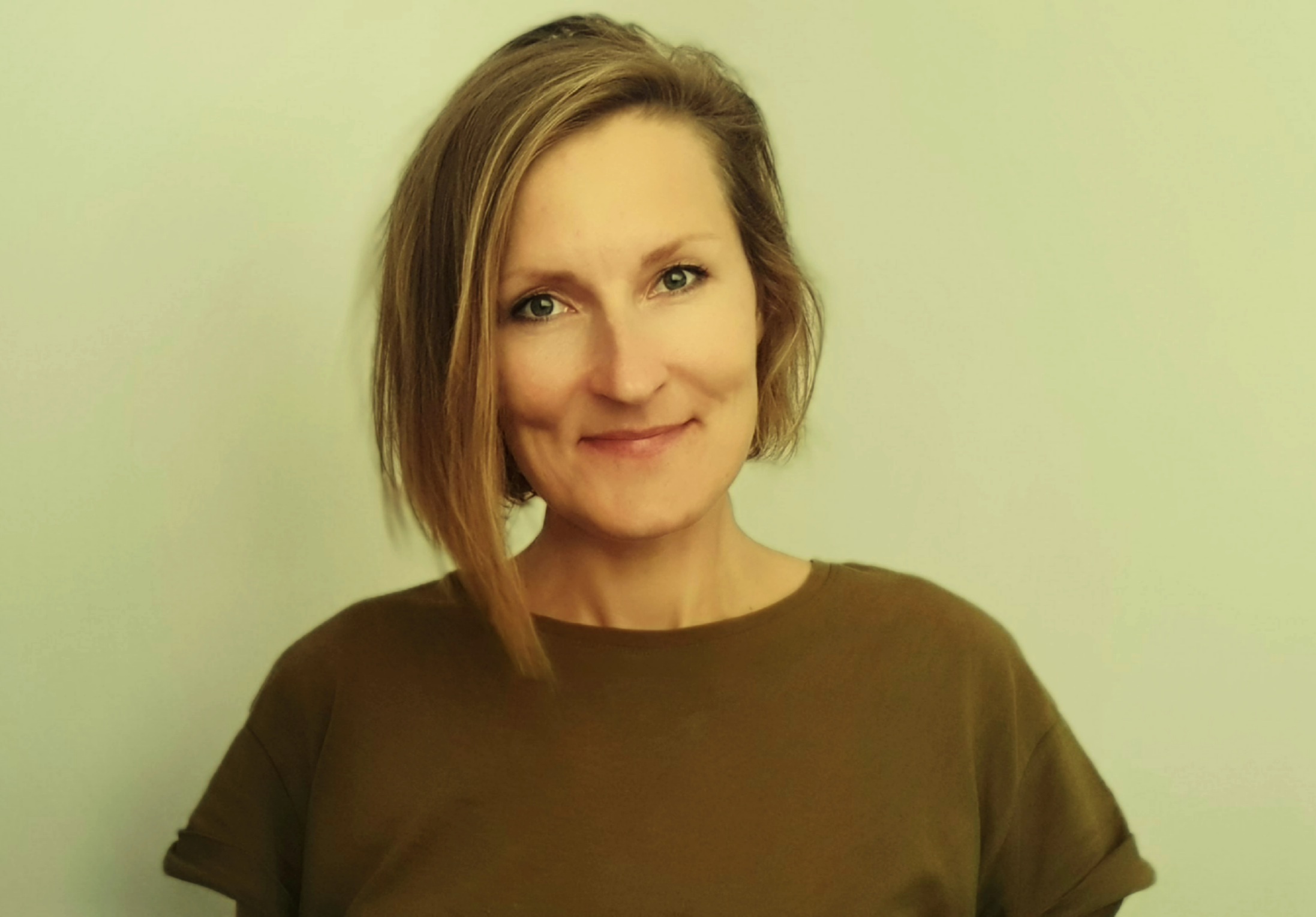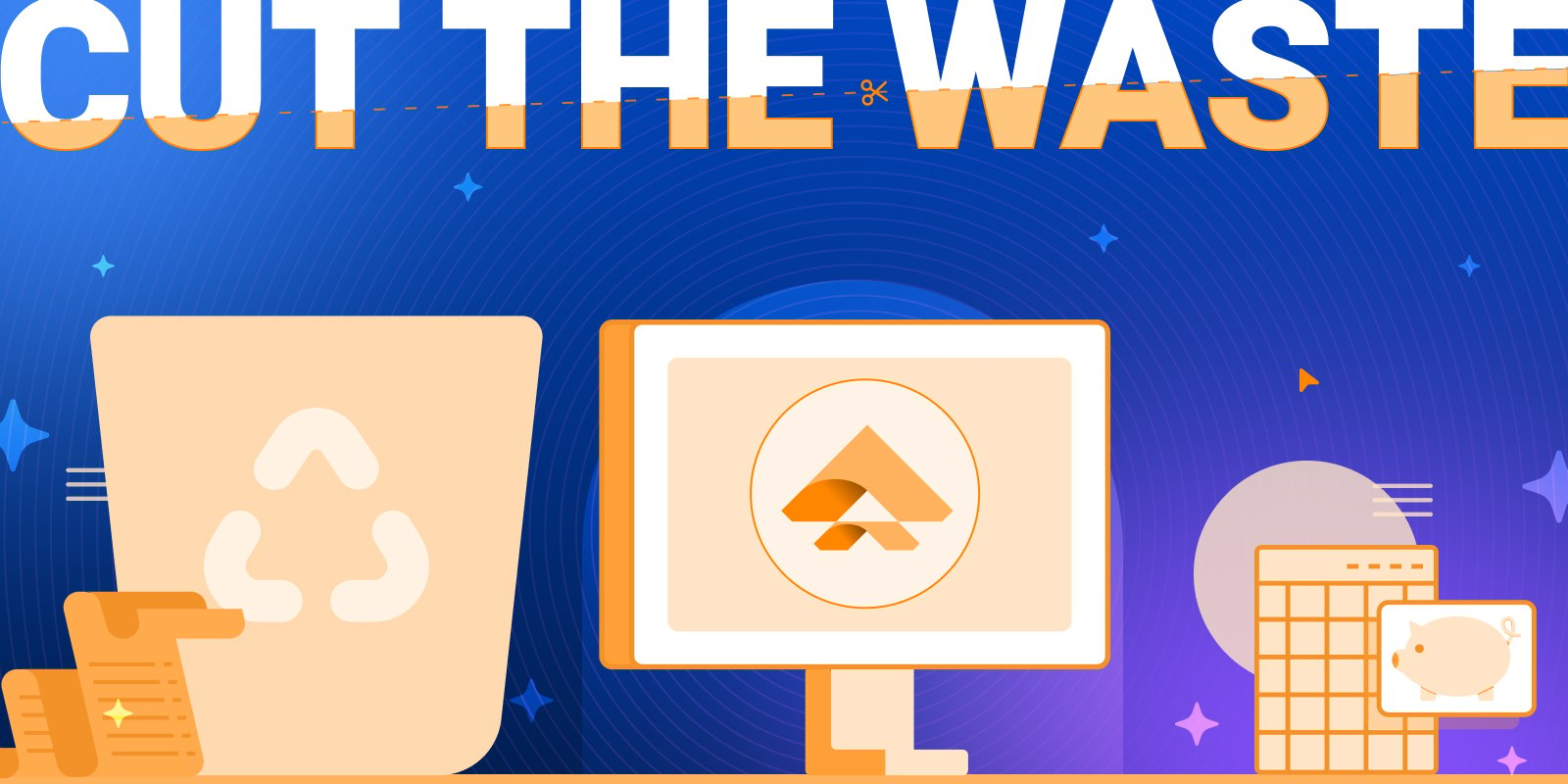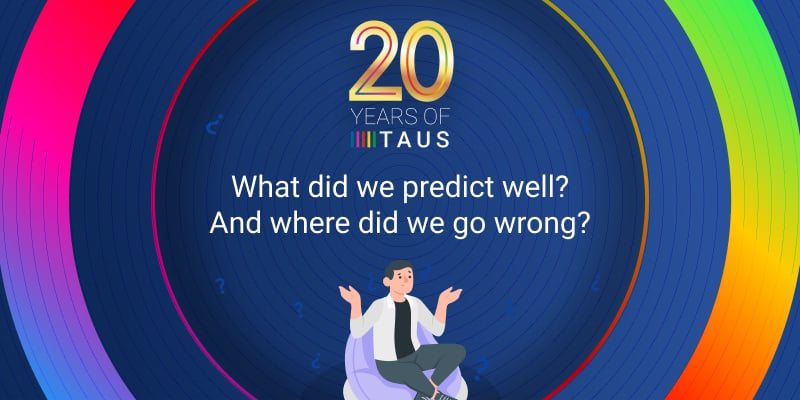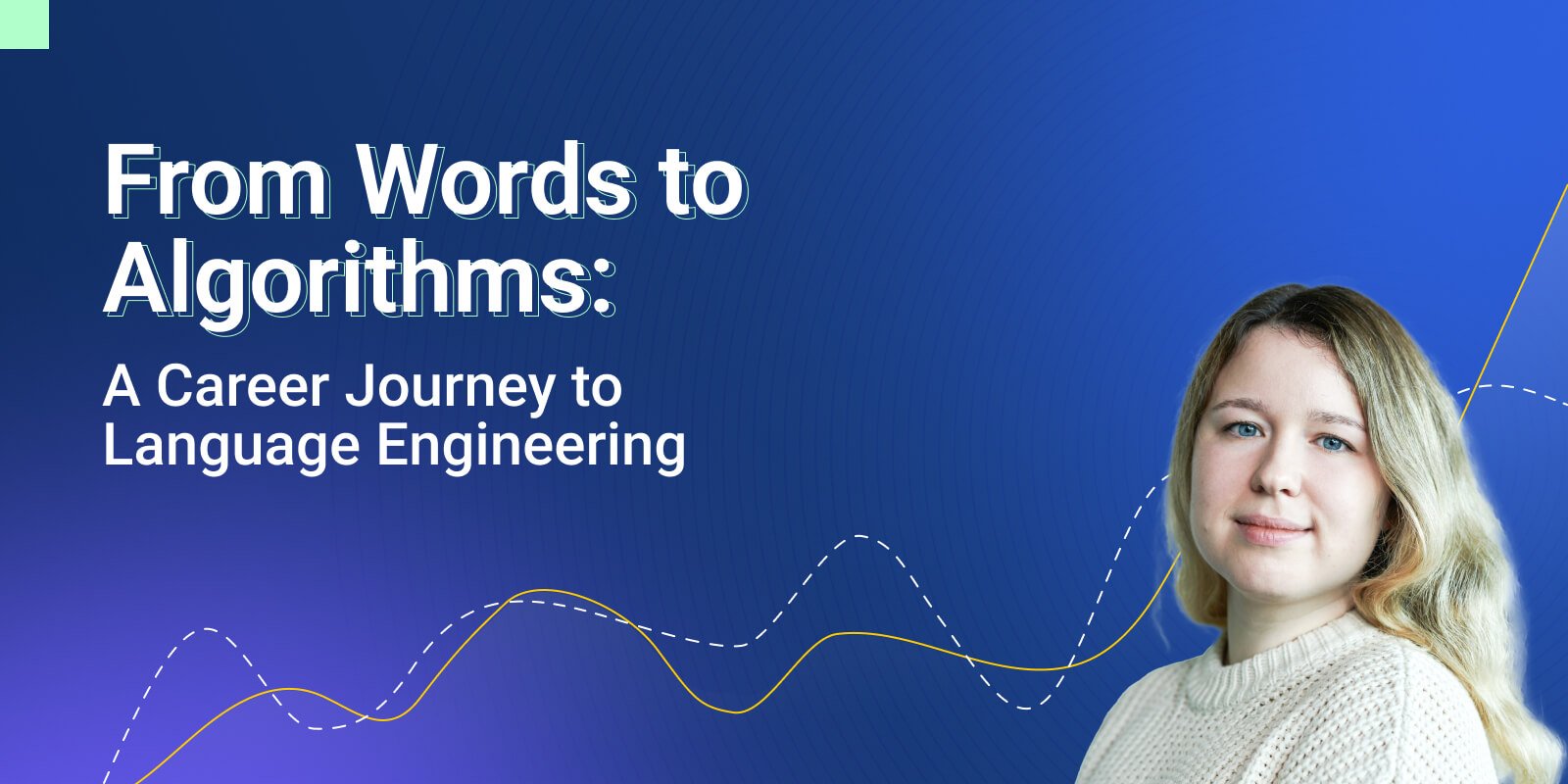The Future Does Not Need Translators*

How near is singularity? To warm up for the debate we asked a few of the participants of the TAUS Events 2016 to share their thoughts.
 * The title is borrowed from an article written by Bill Joy (then Chief Scientist at Sun Microsystems) and published in Wired Magazine in April 2000. (Why the future does not need us). This article was somewhat gloomy, giving us a warning about a future in which machines essentially dominate us, humans. “We must do more thinking up front if we are not to be (…) surprised and shocked by the consequences of our inventions.” Projecting this fundamental and existential problem on our own sector, the field of translation, could easily lead to depressing and devastating visions of the translation industry in the coming decades, and as a result put us – everyone working in this industry – in a defensive and reactive or inactive state of mind. What we much rather do is be realistic about it, have an open mind about both the upsides and the downsides. The future may not need us, but we certainly need a future.
* The title is borrowed from an article written by Bill Joy (then Chief Scientist at Sun Microsystems) and published in Wired Magazine in April 2000. (Why the future does not need us). This article was somewhat gloomy, giving us a warning about a future in which machines essentially dominate us, humans. “We must do more thinking up front if we are not to be (…) surprised and shocked by the consequences of our inventions.” Projecting this fundamental and existential problem on our own sector, the field of translation, could easily lead to depressing and devastating visions of the translation industry in the coming decades, and as a result put us – everyone working in this industry – in a defensive and reactive or inactive state of mind. What we much rather do is be realistic about it, have an open mind about both the upsides and the downsides. The future may not need us, but we certainly need a future.
The time is coming when machines will be better at transforming a text from one language into another than a human translator. The moment that happens is referred to as the singularity. The debate is out there whether it is something we should really wish for: this singularity. Fact is that we are so far ahead on this track, it has become hard, if not impossible, to reverse the evolution.
The singularity is near. What this means, in simple terms, for the activity of translation, which until now has been the exclusive domain of humans, is that machines will beat the human brain and from there on will continue getting better at it in a kind of explosion of intelligence. Machines will no longer need us, humans, to learn more and be trained. We have given them the means to become self-improving: incredible processing capacity, access to ever increasing volumes of data and techniques to mimic our brains through deep learning and neural networks.
Imagine a machine that can translate across a hundred languages and do that real-time. No human being would ever be able to do that. The quality and accuracy of these machine translations may not always be perfect, but it is so convenient that we learn to live with it, adjust ourselves and tweak the machine where we can.
So how near is this singularity really? Ray Kurzweil (author of the book “The singularity is near” and since 2012 Director of Engineering at Google), predicts that in 2029 machine translation will be good enough to replace most human translators. (See interview with Nataly Kelly in the Huffington Post in June 2011). So, it’s close enough to become serious about it.
This year TAUS will open a debate about the future of translation. At the main TAUS events (Dublin, June 6-7 and Portland, October 24-25) we invite leaders in research in Machine Translation (MT) and business leaders in translation to come and discuss some fundamental questions:
- How near is the singularity for translation?
- What are the barriers from a research perspective?
- Which breakthroughs do you expect?
- What are the business impacts, the pros and the cons?
- How will it affect the profession?
To warm up for the debate we asked a few of the participants to share some thoughts on these questions here in this article. Let me start with my own take on it. How near the singularity really is? I am not the best person to answer this question. But what I sense is that it is conceivable that this could happen in the next ten to twenty years. Also it is probably going to be more of a gradual process with several awakening moments. What we will be achieving is FAUT (Fully Automated Useful Translation), quite different from the holy grail of FAHQT (Fully Automated High Quality Translation), which was stated as an achievable goal by the first MT developers in the 1950’s (in five years!). As for the business impacts, I believe that the singularity in translation will be a big accelerator for global trade. And for the translation profession? As I have stated before, the universal availability of FAUT can lead to an increase in demand for really creative translations. No coincidence, I guess, that we often hear the terms ‘hyper-localization’ and ‘transcreation’ in reference to new distinctive services in the translation sector. No, I don’t believe the translation profession is totally endangered, but it will change profoundly. The boring tasks will go away. The questions I have and that I hope will be debated at the TAUS events this year, are: where will those new powerful translation machines be built and who will be in control? Will we see new innovators and game changers, that don’t have the legacy of decades of history in translation and as a result can move much faster, in other parts of the world and upcoming economies?
Alex Waibel on the debate: The debate is of course an old one: whether machine will take over and replace humans and make their effort redundant, or whether machines will just be a low-quality irrelevance that will never match true human performance. I am a bit skeptical of both of these extreme views. It is true that performance of MT and ASR has advanced dramatically, and we have been able to achieve tremendous improvements in performance. And these advances will continue. I believe that super-human performance depending on use-case will be possible in a decade or two. But so far these advances have led to a broadening of services and thus also to an acceleration in demand and usage, much in line with growing globalization and the amount of material produced. Predictions that we won’t need human translators at all strike me a bit alarmist and extreme, though. More likely is that we will see an acceleration and magnification of the amount of material translated and that humans will continue finding a role within this growing demand. There will be more of a symbiosis between humans and machines, and the resulting improved cross lingual communication and understanding will be good for our species. (Alex Waibel is a professor of Computer Science at Carnegie Mellon University and Karlsruhe Institute of Technology and is the director of interACT, the International Center for Advanced Communication Technologies.)
Marcello Federico on the debate: These questions come back every time a new breakthrough happens. Are self-driving cars going to eliminate human drivers? Is neural machine translation going to eliminate human translators? The truth is that, in general, we like (and are fascinated by) simple explanations and simple conclusions. The real world is much more complex. Progress continuously reshapes the relationships between technology and humans, often in unpredictable ways. Thus, making predictions in this field is very hard. Technology tends to progress vertically, trying to solve specific tasks which can lead to interesting applications. But translating, as driving a car, presents many facets and layers of difficulty. Automatically translating technical documentation from French to English or letting a self-driving car transit on an American highway are definitely breakthroughs that open the way to interesting applications. However, such breakthroughs cannot be interpreted as solutions to the translation and driving problems in general. And very importantly, they cannot even tell us how much closer we get towards solving these general problems. When will we see a self-driving car able to travel through the streets of Naples or high-quality machine translation from German to Turkish? Who knows! As a scientist I’m positive and prudent: we are definitely making progress in machine translation but it is hard to quantify how much. As a human, I definitely prefer the cooperative perspective of AI to the competitive one: How can technology let translators work better and faster? How can machines directly learn from human translators? How can machines get translators rid of repetitive and boring tasks so that they can focus on the creative part of their job? In my opinion, besides opening the way to many interesting research problems, this is the approach that will deliver tomorrow’s most successful technologies in our field. (Marcello Federico is Research director of the HLT-MT research unit of Fondazione Bruno Kessler, Trento, Italy. His team participates in several European research projects focused on a new generation of MT systems, such as the MMT (Modern Machine Translation) project.)
Marco Trombetti on the debate: The idea of the singularity has fascinated me ever since I was young. At that time the term was used more for defining black holes rather than technology. The same way black holes scared me then, singularity scares me now. The mix of curiosity and fear explain why I am so passionate about it and why I am spending time working on artificial intelligence (AI). AI, even before the singularity point, is going to be the next big thing of our near future. I am sure it will bring humanity to a new era of access and organization of information. Language translation is probably the most complex of the human tasks for a machine to learn, but it is also the one with the greatest potential. It can make the world a single family, making everyone closer to each other by removing the language barrier and allow a much greater sharing of information. Language, differently from many other areas where AI has to analyze a static reality, is evolving with humans. Machines need continuous help from humans to keep up. (Marco Trombetti is CEO of Translated, the makers of MateCat, and an entrepreneur and investor, living and working in Rome.)
Khalil Sima’an on the debate: Obviously it is impossible to predict when “singularity” will be a reality and what the market will look like. Yet, based on what I see in terms of technology, I do feel that now we stand at a point where within less than two decades most of the standard translation tasks will be carried out by machines for a good number of the economically dominant language pairs. Human translators will still play a role determined by very specific customer needs, which will often be aiming at collecting new data for improving the machine. Some of the more exciting kinds of translation, for example high-end literature and poetry, might remain in the hands of a few gifted human translators for some time to come. The bulk of the traditional translation industry will bear the brunt of this automation. What will change the market is in fact not so much full automation itself, but the fact that this automation will be offered as “mass production” covering a very wide (the whole?) range of translation orders. It is likely that this will be offered by very few new players that dare to make this disruptive change. These new players will have the advantage that they adapt rapidly to changing market needs and will take on every translation order without distinction. (Khalil Sima’an is professor of Computational Linguistics at the University of Amsterdam’s Faculty of Science (FNWI). His team works along in several projects focused on new generation machine translation, such as the DatAptor and the QT21 projects.)

Jaap van der Meer founded TAUS in 2004. He is a language industry pioneer and visionary, who started his first translation company, INK, in The Netherlands in 1980. Jaap is a regular speaker at conferences and author of many articles about technologies, translation and globalization trends.
 by Dace Dzeguze
by Dace Dzeguze

